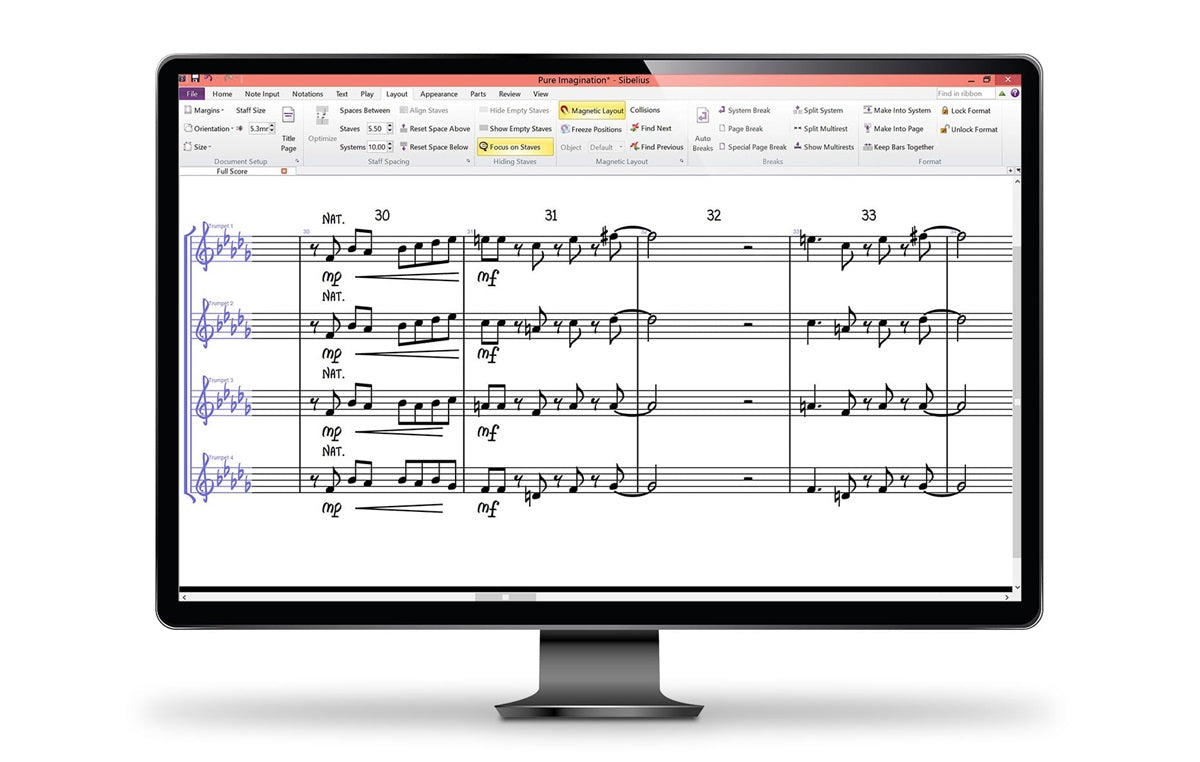


Check rehearsal marks, double barlines, key changes etc to control where the next “reset” occurs. Go back into Auto Breaks, but this time, choose the “At or Before” radio button options. For this section, you might want the notes to flow more in relation to the amount of activity in the staff, and ideally wind up with a rehearsal mark, double bar or tempo mark at the left margin to start the next section / system. Note that CNTRL-SHIFT-U or CMND-SHIFT-U unlocks the systems that you’ve manually locked.īut, suppose you have an uneven number of bars in the next section up to the next rehearsal mark.
#SIBELIUS ULTIMATE AUTO BREAKS DONT WORK FULL#
If you were to add a pickup bar at this point, Sibelius would still keep 4 full bars with the pickup in the first system. CMND-SHIFT-L (Mac) or CNTRL-SHIFT-L (Windows). Select the first 16 bars and lock these systems. The whole part is showing 4 bars per line.

Check Use Auto System Breaks, and choose the Every X Bars radio button. Go into Auto Breaks… In Sibelius 6, go to Layout > Auto Breaks… in Sibelius 7, select Auto Breaks from the Breaks Group of the Layout Tab. Let’s say you want the first 16 bars to display 4 bars per system. Use CMND-SHIFT-M (Mac) or CNTRL-SHIFT-M (Windows) to toggle multirests off. essentially using multirests to create bars of TIME, creating the basic layout of the part with multirests OFF can help visualize this type of symmetrical layout. If you are trying to create a drum part without note information, e.g. To achieve this, I use Auto Layout in combination with locking the systems as I go. Can you give me any helpful hints on how you achieve this?Ī: As you say, this type of layout is common for drum / rhythm section parts. an intro or pickup bar followed by 4 bars (drum chart, gap is guitar intro), or 3 or 5 bars on a line here or there where necessary. Q: What I want to achieve is control over the number of bars per line as a general rule in Sibelius (4 per line, as in the jazz chart style), but with occasional exceptions, e.g.


 0 kommentar(er)
0 kommentar(er)
